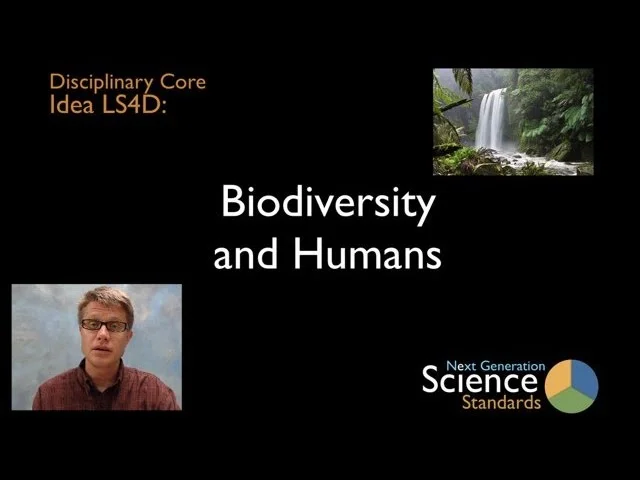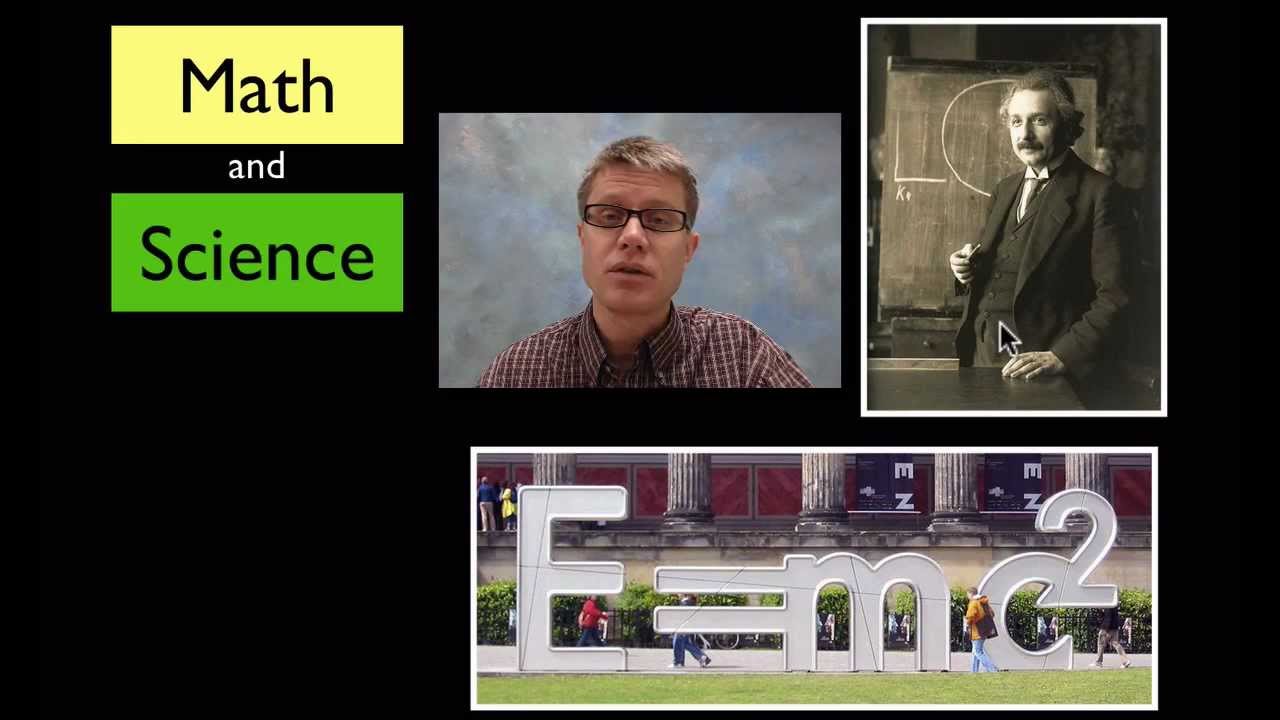LS4.D: Biodiversity and Humans
In this video Paul Andersen defines biodiversity and explains the impacts humans are having on the planet's biodiversity. Humans are impacting the variety of life on our planet through habitat destruction, invasive species, pollution, overpopulation, overexploitation and climate change. A K-12 teaching progression is also included.
LS4.C: Adaptation
In this video Paul Andersen defines adaptations and explains how organisms can become better adapted to their surroundings using the process of natural selection. Specific examples of adaptations, like coat color in rock pocket mice, as well as a K-12 teaching progression is included.
ETS1.B: Developing Possible Solutions
In this video Paul Andersen explains how many possible solutions are developed in the design process. As many solutions to the problem are identified using a brainstorming process. These solutions are compared to the specific constraints and criteria of the solution. Models are created to test the viability of each solution. A K-12 teaching progression is also included.
CCC2: Cause and Effect
In this video Paul Andersen explains cause and effect its importance in science and engineering. He starts by addressing the chain of interactions that must be present to show cause and effect. He addresses the assumptions of universality and scale in determining cause and effect. He finished the video with a progression of instruction from K-12.
SEP5: Using Mathematics and Computational Thinking
Paul Andersen explains how mathematics and computational thinking can be used by scientists to represent variables and by engineers to improve design. He starts by explaining how mathematics is at the root of all sciences. He then defines computational thinking and gives you a specific example of computational modeling. He finishes the video with a teaching progression for this practice.






